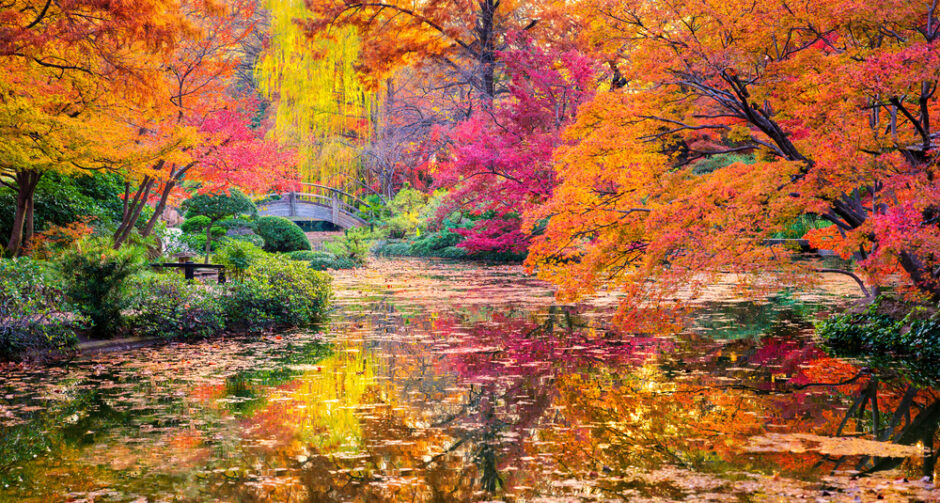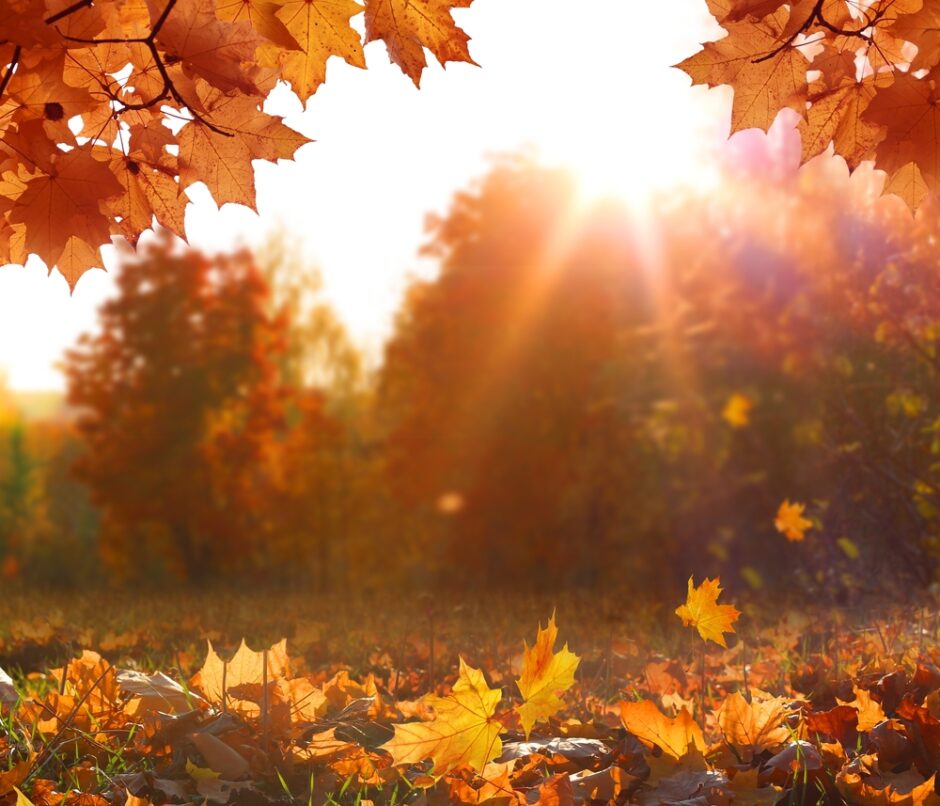
Have you ever been driving in the autumn months and driven around a corner to be presented with the most fantastic display of colours in the trees that are in front of you ?
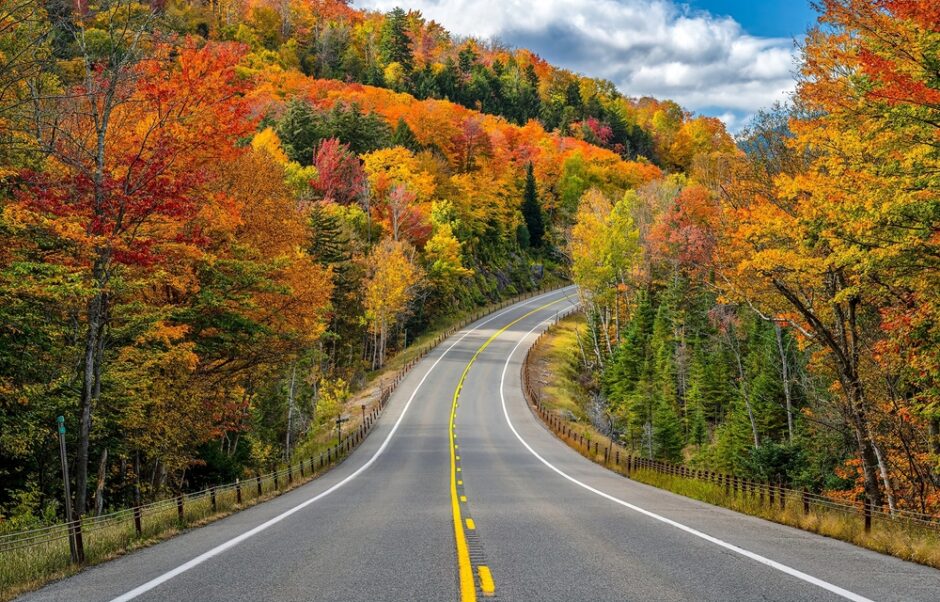
And if you have ….. have you ever wondered why the leaves change colour in the way that they do ?
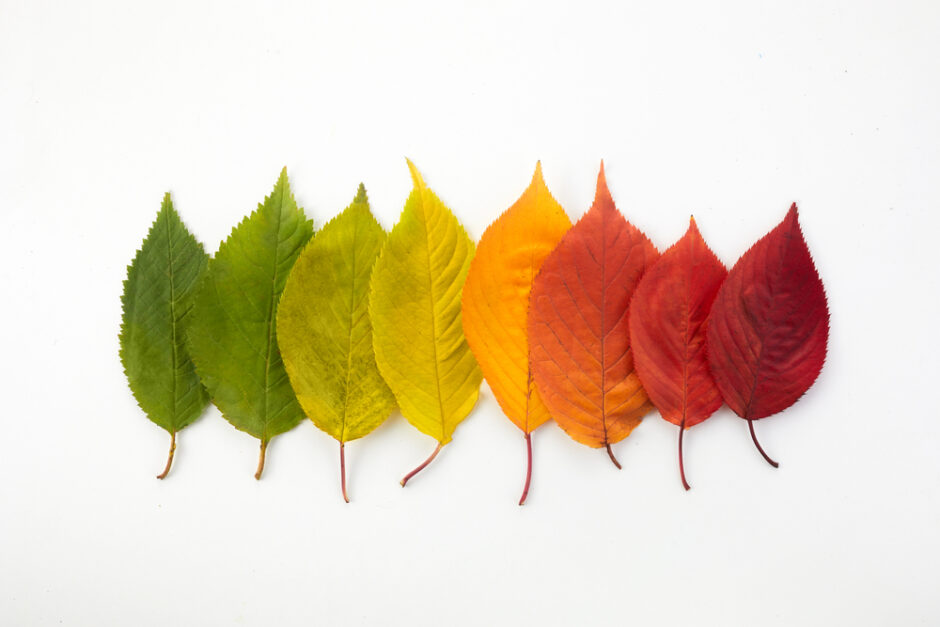
Well …. as with all of ‘nature’, there is more to it than meets the eye ….
How do the peaceful greens of summer turn ….
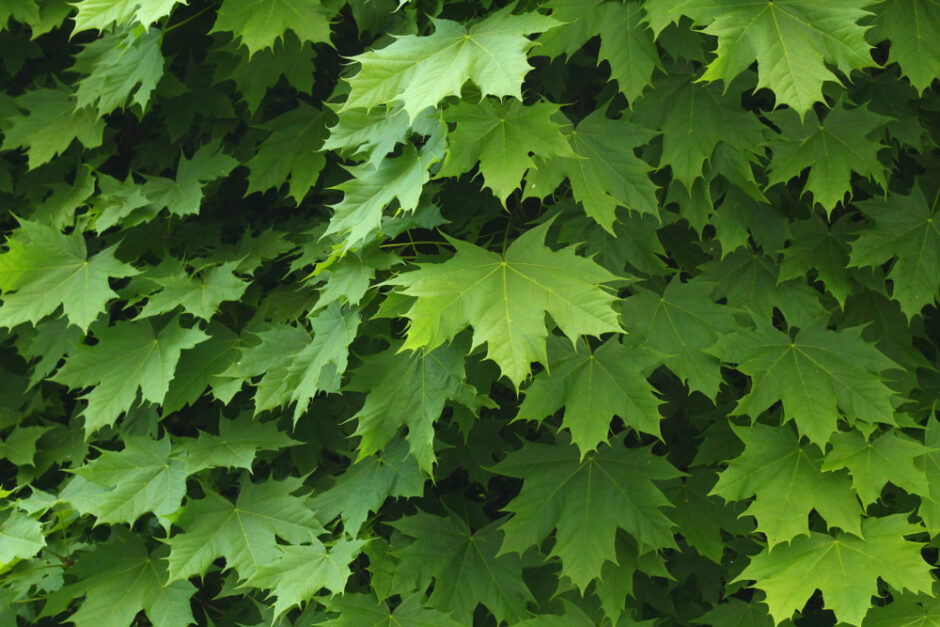
…. into the spectacular colours of autumn?

In many cases, the colour of a summer leaf is green, and this is because of the green pigment – chlorophyll.
Chlorophyll in the leaf reacts with sunlight and carbon dioxide to create carbohydrate and Oxygen. The carbohydrate then travels down through the plant to feed every cell, and the Oxygen is returned to the surrounding air.
In most cases green is the dominant pigment, although in many cases other less dominant pigments exist ‘out of site’ within the leaf.
A variety of factors come into play as autumn approaches which affect the leaf, amongst which are air temperature and length of daylight hours.
These factors initiate the growth of a specialist layer of cells between the end of the leaf stalk and the twig on which it is growing.
The effect of the presence of these cells – called the abscission layer – is to cut off the leaf from the plant. The first thing to happen is that the Chlorophyll dies off, and in doing so reveals the next dominant pigment.
Ultimately of course the leaf dies and falls to the ground, but not before treating us to a magnificent display first.
